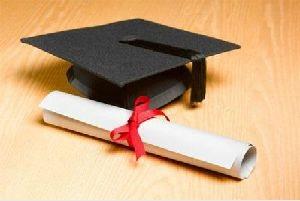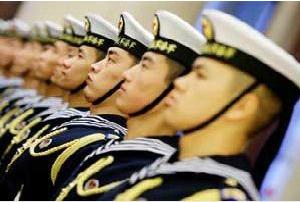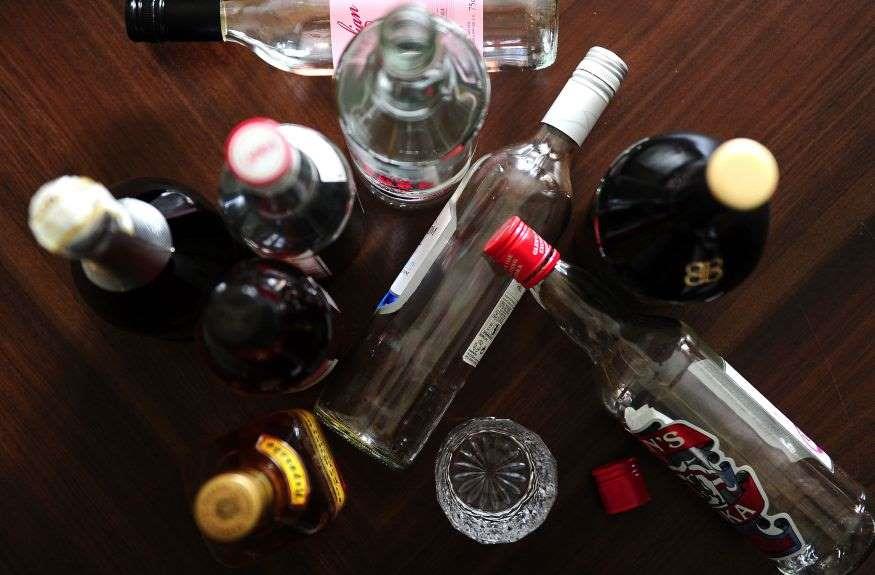March 9, 2013
NEW DELHI: Indian households are allocating less of their spending to education and healthcare and more to travel and eating out than they did in the past, the latest GDP data reveals.

Expenses towards education and medical care have, in fact, been declining since 2008-09, according to the data, along with a decline in spending on food.
March 9, 2013
NEW DELHI: Indian households are allocating less of their spending to education and healthcare and more to travel and eating out than they did in the past, the latest GDP data reveals.

Expenses towards education and medical care have, in fact, been declining since 2008-09, according to the data, along with a decline in spending on food.
Expenditure towards medical care and health services has declined from 3.9% of the total private consumption expenditure in 2010-11 to 3.7% in 2011-12. In 2004-05, the sector constituted 5% of total expenditure.
Similarly, educational expense has remained constant in 2011-12 and 2010-11 at 1.3%, down from 1.4% in 2009-10. In 2004-05, expenses towards education stood at 1.7% of total consumption expenditure. In food, the percentage expenditure fell from 30.1% in 2010-11 to 29% in 2011-12. Sectors such as clothing and footwear showed a decline in overall consumption expenditure for the first time in a decade.
Private consumption expenditure in sectors such as transport and communication, hotels and restaurants, however, have registered an increase. Contribution of hotels and restaurants towards overall consumption expenses increased from 2.3% in 2010-11 to 2.6% in 2011-12. Expenditure towards purchase of transport services too increased from 8.1% to 8.3% in 2011-12.
For most experts, a decline in spending towards these sectors has come as a surprise, even as a fall in spending towards food was expected. "It is a puzzle. Expenses towards health and education tends to go up, although not as fast as in sectors such as durables," said Pronab Sen, chairman of the National Statistical Commission.
While there has been a significant increase in public sector education schemes such as the Sarva Shiksha Abhiyan, this should not have been a reason for a decline in expenses towards private education, he added.
Increased spending towards discretionary items is another factor which has led to a consequential decline in the proportion spent towards necessities, analysts said. While overall consumer expenses have increased, the rise in expense towards education and health sectors has not been parallel.
"Both of these (education and health) should have gone up. It is very odd. But the overarching trend has been that spending towards necessities is going down. People are able to exercise more choice now," said D K Joshi, chief economist at Crisil.
Analysts said expenses towards education and medical care and health services as a percentage of the total consumption expenditure will only continue to decline. "In health, in rural areas and tier I and tier II towns, a lot of cases are not reported and a large part of the sector is unorganized. Spending in education too is unlikely to grow faster than overall expenses. Despite a rise in cost of education, only a small section of the people are shifting from moderate level to high level of education," said Madan Sabnavis, chief economist, CARE ratings.
Courtesy: PTI

















































































































